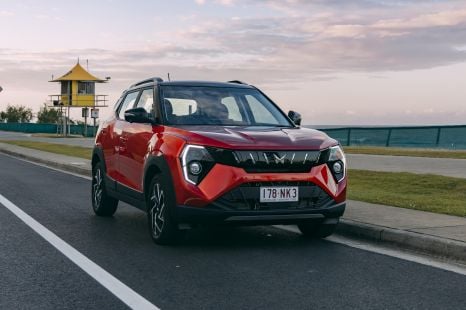

Damion Smy
5 Days Ago

News Editor
What comes after Polestar 2? Why, Polestar 3, 4 and 5, of course.
The high-riding Polestar 2 mid-sized electric hatchback – which the company has said it plans to launch here in November 2021 – will be followed by two SUVs and a car, all using electric powertrains.
The Polestar 3 will launch in 2022, and has already confirmed to be a sleeker, two-row counterpart to the next-generation Volvo XC90 which shares its SPA2 architecture.

That model will be pitched as an electric equivalent to performance SUVs like the Porsche Cayenne.
The Polestar 4 SUV will be smaller and cheaper than the 3, with more coupe-like styling according to Polestar boss Thomas Ingenlath.
Finally, the Polestar 5 will arrive in 2024 and will be the production version of the Precept concept, a sleek four-door grand tourer. Its body has already been teased.

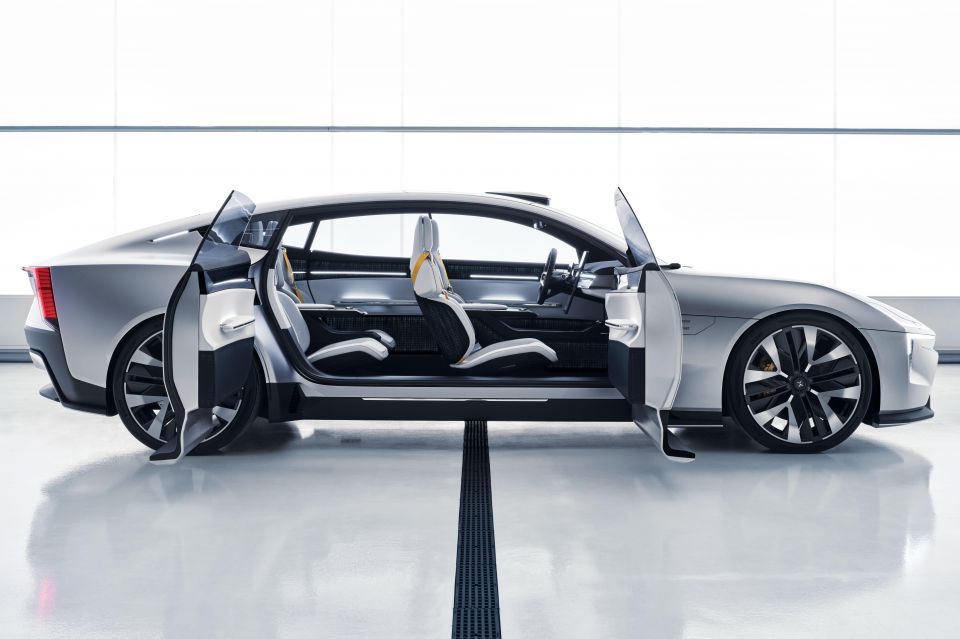
The Polestar 4 will have a greater focus on accessibility and practicality compared to the more performance-oriented 3 and the svelte 5.
It will likely offer the 300kW/660Nm dual-motor all-wheel drive powertrain available in the Polestar 2, with Mr Ingenlath suggesting it’ll effectively be the SUV equivalent to the 2.
“This car is slightly smaller [than the Polestar 3], yes, but we will not compromise much on the interior length,”Mr Ingenlath told Autocar.
“It’s slightly more ground-hugging and has a bit more of a coupé type of roofline and really brings the greatness of the brand into a segment which, price-point-wise, will reach €45,000 [A$72,584] at some point in time.”
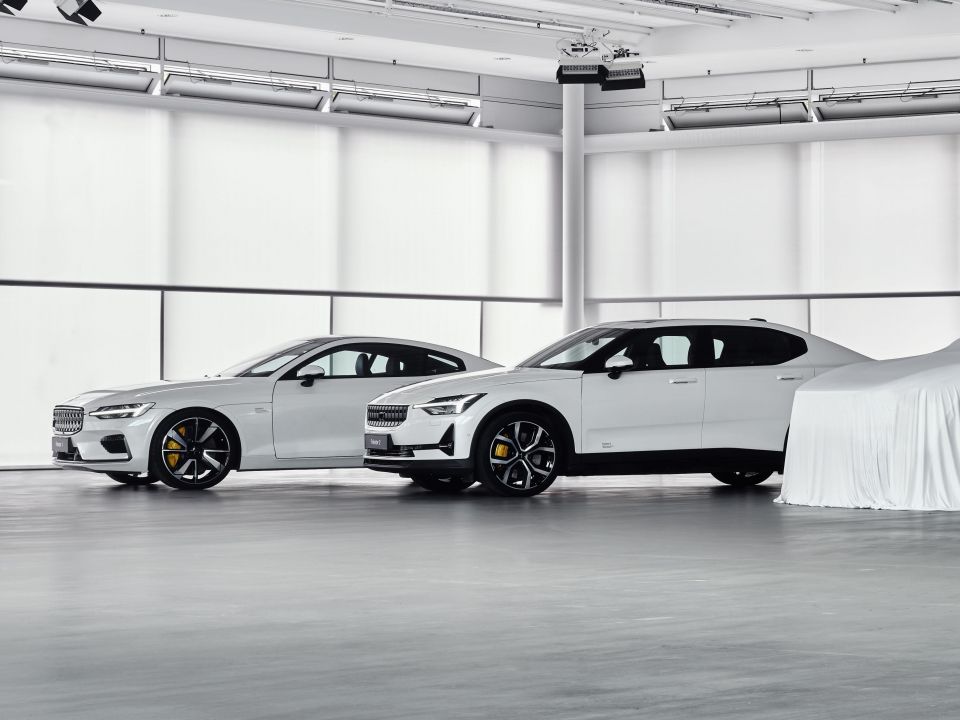
The Polestar 3, in contrast, will cost more than €75,000 (A$120,974).
Think of the 4, then, as the Tesla Model Y to the 2’s Model 3, perhaps with a similar silhouette to the mechanically-related C40 Recharge from sister brand Volvo.
Polestar’s naming structure is different to other brands in that the number signifies when the vehicle was released, e.g. the Polestar 1 coupe was the first Polestar to be launched.

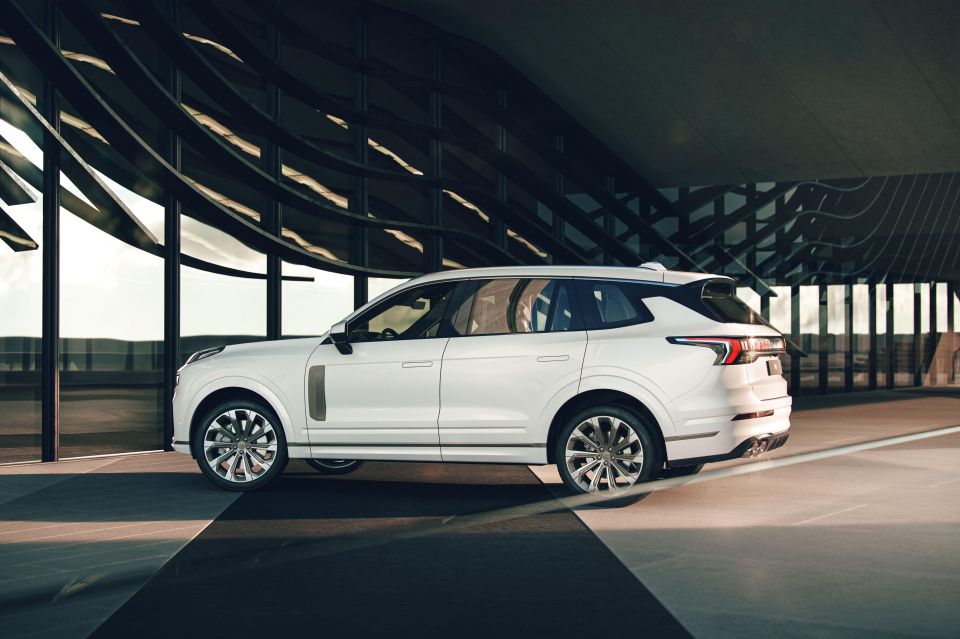
Another car brand follows the same naming conventions: Lynk & Co, also owned in part by Chinese giant Geely.
Its first car was the 01 back in 2017, riding the Volvo XC40’s CMA platform, and its latest is the large 09 SUV related to the current Volvo XC90 on the SPA platform.
The Chinese-Swedish Polestar brand announced this week it was going public in a deal that values the company at around US$20 billion (A$27 billion).
Polestar will merge with Gores Guggenheim, a SPAC or special purpose acquisition company run by two private equity firms that’s already listed on the NASDAQ stock exchange.
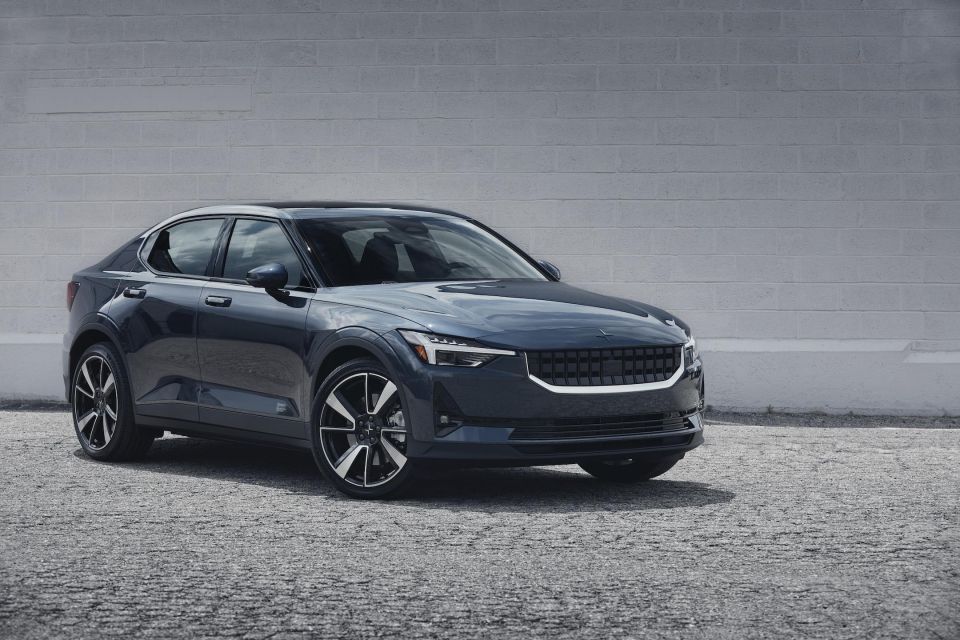
The popularity of this backdoor listing method has more than quadrupled in the past year as it avoids most of the regulatory filings and procedures required of a traditional initial public offering (IPO).
It’s not clear when the merger will be completed, but when done it will give Polestar access to the SPAC’s US$800 million ($1.1 billion) of cash, as well as US$250 million ($340 million) in promised fresh investment.
The company currently sells cars in 14 markets around the world, primarily in Europe, China and North America.
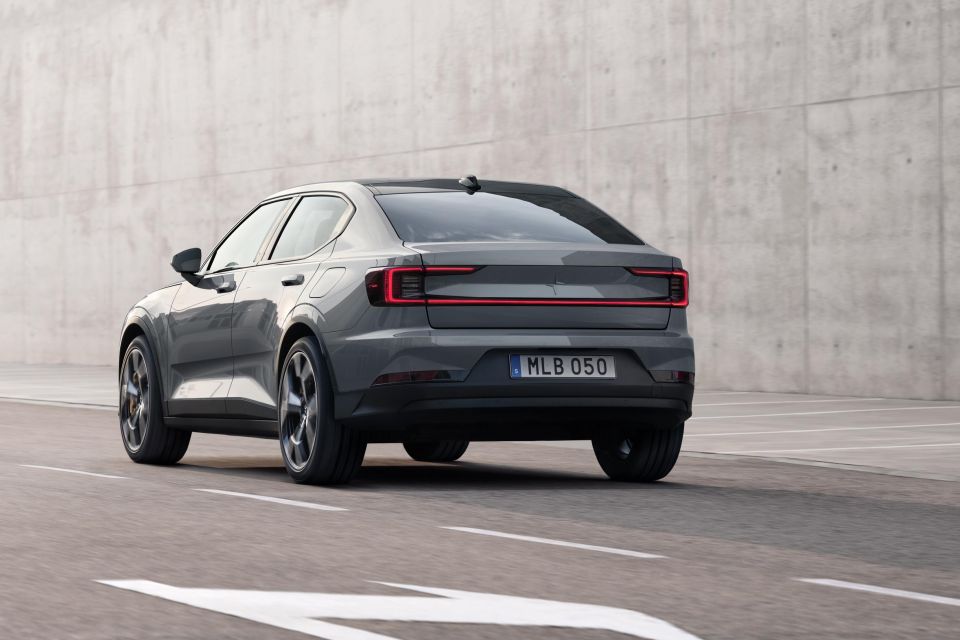
All cars are currently designed in Sweden and built in China, but that will change with the Polestar 3 SUV, which will be made in the US at Volvo’s factory in Ridgeville, South Carolina.
In 2020 Polestar sold 10,000 cars across the world. It’s planning to sell roughly 290,000 per year by 2025.
Volvo currently holds a 49.5 per cent stake in Polestar, while parent firm Geely is Polestar’s second largest shareholder.
Take advantage of Australia's BIGGEST new car website to find a great deal on a Polestar.
William Stopford is an automotive journalist based in Brisbane, Australia. William is a Business/Journalism graduate from the Queensland University of Technology who loves to travel, briefly lived in the US, and has a particular interest in the American car industry.


Damion Smy
5 Days Ago
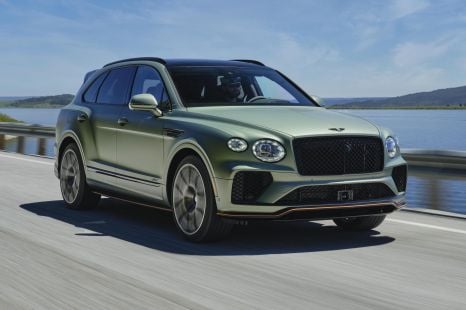

Paul Maric
5 Days Ago
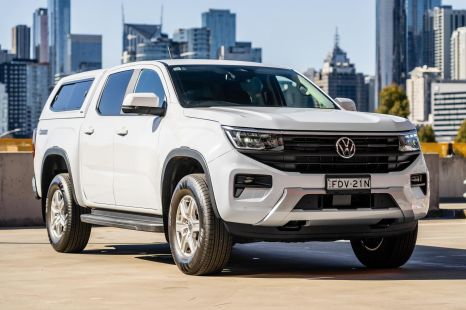

Max Davies
4 Days Ago


James Wong
3 Days Ago


Matt Campbell
2 Days Ago
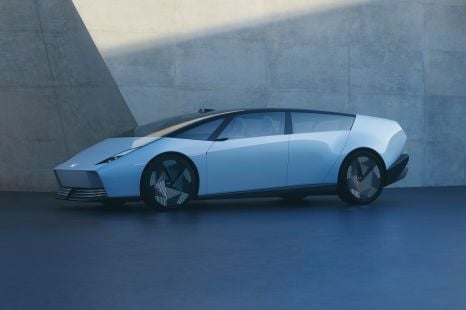

Derek Fung
6 Hours Ago